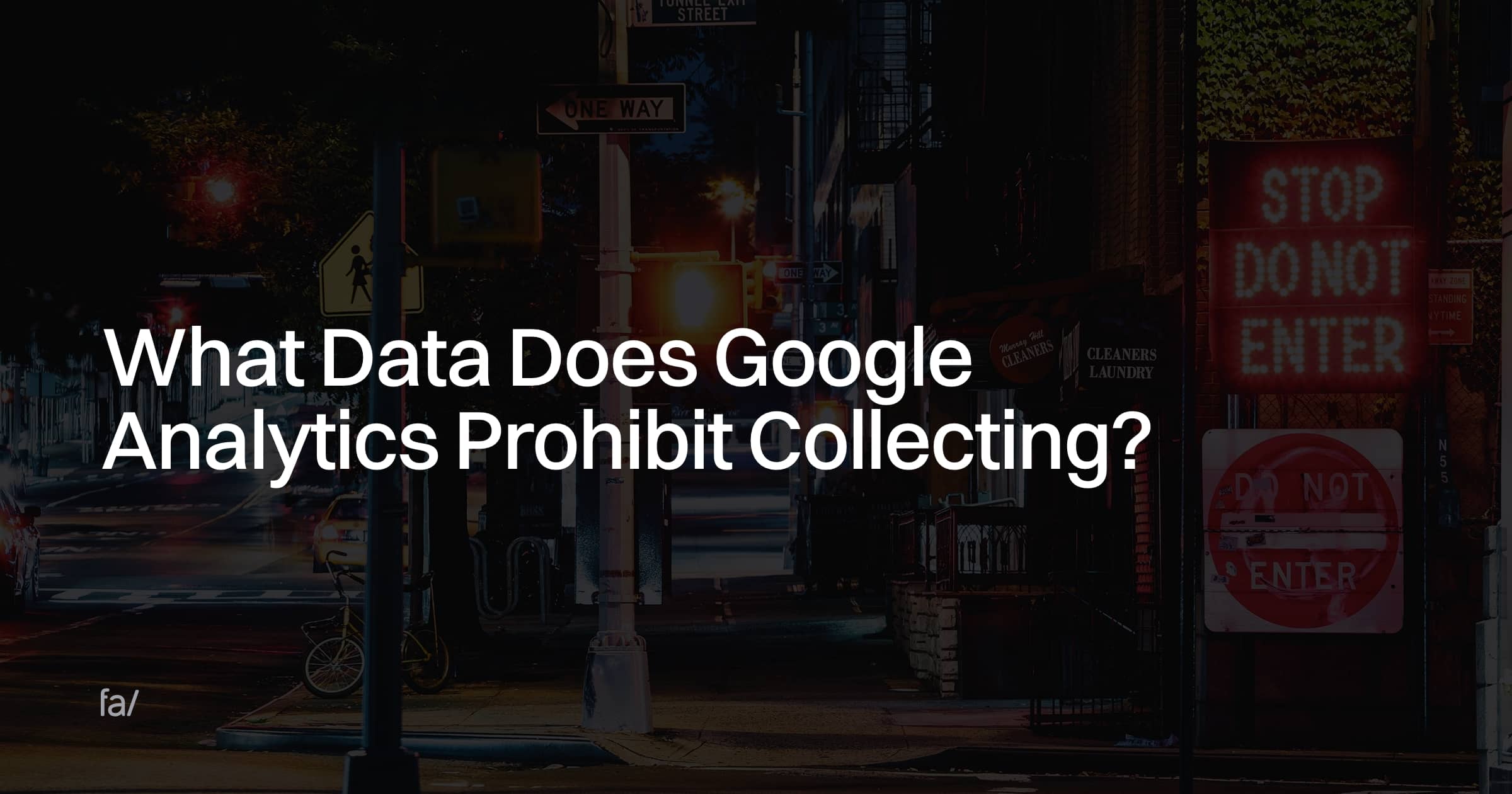Checking Out Google Analytics: What Data Does Google Analytics Prohibit Collecting?
Checking Out Google Analytics: What Data Does Google Analytics Prohibit Collecting?
Blog Article
Grasping the Art of Overcoming Information Collection Limitations in Google Analytics for Better Decision-Making
In the world of digital analytics, the capability to extract purposeful insights from information is extremely important for notified decision-making. Google Analytics stands as an effective tool for organizations looking for to understand individual behavior, track conversions, and enhance their online visibility. Data collection restrictions within this system can hinder the accuracy and depth of the details gathered. What Data Does Google Analytics Prohibit Collecting?. To truly harness the possibility of Google Analytics for tactical decision-making, mastering the art of getting rid of these restraints is necessary. By using strategic methods and innovative techniques, organizations can boost their data quality, unlock concealed understandings, and lead the way for more informed and efficient decisions.
Information High Quality Evaluation
Data top quality analysis entails assessing different aspects such as precision, completeness, consistency, and timeliness of the data. One key element to take into consideration is information accuracy, which refers to how well the information reflects the true values of the metrics being gauged.
Completeness of information is an additional crucial factor in assessing information quality. Uniformity checks are likewise essential in information high quality assessment to identify any type of inconsistencies or abnormalities within the data set. By prioritizing information quality assessment in Google Analytics, businesses can improve the reliability of their analytics reports and make even more enlightened choices based on accurate insights.
Advanced Monitoring Techniques
Utilizing sophisticated tracking techniques in Google Analytics can considerably improve the depth and granularity of information gathered for more extensive evaluation and understandings. One such technique is occasion tracking, which permits the surveillance of particular communications on a web site, like click buttons, downloads of documents, or video views. By implementing occasion monitoring, companies can acquire a deeper understanding of customer behavior and involvement with their on the internet content.
Furthermore, custom dimensions and metrics offer a means to tailor Google Analytics to particular business demands. Custom-made dimensions permit for the creation of new data factors, such as user duties or client sections, while personalized metrics allow the monitoring of unique efficiency indications, like revenue per user or average order value.
In addition, the application of Google Tag Manager can improve the execution of monitoring codes and tags across an internet site, making it less complicated to manage and deploy advanced tracking arrangements. By taking advantage of these sophisticated tracking strategies, services can unlock useful insights and maximize their on-line techniques for much better decision-making.
Customized Measurement Execution
To enhance the depth of data accumulated in Google Analytics beyond advanced tracking methods like event tracking, companies can implement customized dimensions for even more tailored insights. Custom dimensions enable businesses to define and collect details data points that are pertinent to their unique objectives and goals (What Data Does Google Analytics Prohibit Collecting?). By assigning custom measurements to various aspects on a site, such as customer interactions, demographics, or session information, businesses can get a more granular understanding of exactly read how users involve with their online residential properties

Attribution Modeling Strategies
By utilizing the right attribution version, companies can precisely connect conversions to the ideal touchpoints along the client journey. One typical acknowledgment design is click over here now the Last Interaction design, which provides credit score for a conversion to the last touchpoint an individual connected with prior to converting.

Information Testing Evasion
When managing huge quantities of data in Google Analytics, getting rid of information sampling is vital to make sure accurate insights are acquired for educated decision-making. Information tasting occurs when Google Analytics estimates patterns in information rather than evaluating the complete dataset, possibly bring about manipulated results. To avoid data tasting, one effective method is to reduce the date array being analyzed. By concentrating on much shorter amount of time, the chance of coming across tasted data reductions, providing a more accurate representation of individual behavior. Additionally, making use of Google Analytics 360, the premium variation of the platform, can aid reduce sampling as it permits higher data thresholds prior to tasting starts. Implementing filters to limit the information being examined can also help in staying clear of sampling issues. By taking these proactive actions to decrease data tasting, organizations can extract extra exact insights from Google Analytics, leading to better decision-making and improved overall efficiency.
Verdict
In verdict, mastering the art of getting over information collection limitations in Google Analytics is essential for making educated decisions. By performing an extensive data top quality evaluation, implementing innovative tracking methods, making use of custom measurements, employing attribution modeling approaches, and staying clear of data tasting, services can make certain that they have trusted and accurate information to base their choices on. This will ultimately lead to extra reliable strategies and much better results for the organization.

Report this page